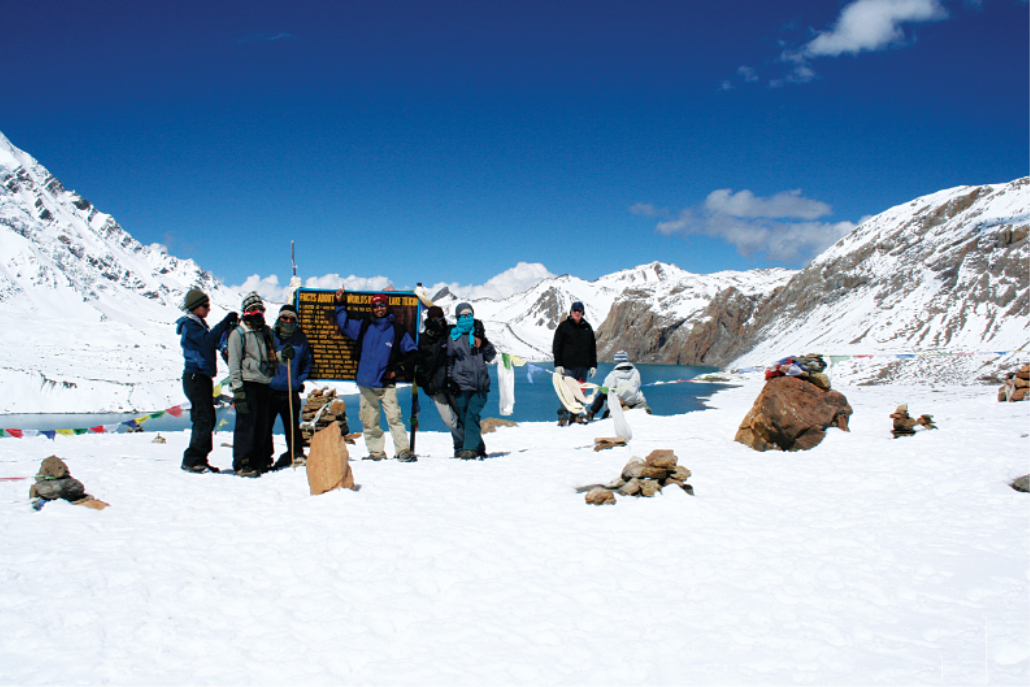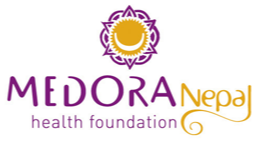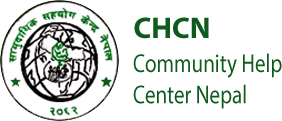X-ploring Nepal
The recorded history of Nepal begins with the Kirantis, the rulers in Kathmandu Valley for many centuries beginning from the 7th or 8th Century B.C followed by the Lichhavis who brought art and architecture during 4th to 12th Centuries. The credit for the golden age of creativity in building amazing number of temples and splendid palaces with picturesque squares in the Valley goes to the 550-year regime of Mallas after 1200 AD. It was also during their rule that society and the cities became well organized, religious festivals were introduced and literature, music and art were encouraged. As a state, Nepal was established by Shah Dynasty in 1769 that ruled over Nepal for about 240 years until 2008 when the last Shah ruler relinquished his power to make way for a federal state. The first day of June in the year 2001 has been considered as the day of horrific tragedy in the history of Nepal when the entire royal family including the King, Queen, Crown Prince and many of their close relatives was wiped out.
Himalayas, “the valley of the snow”, which ranges from 4,000m to 8,848m above sea level proudly presents eight of the fourteen highest peaks in the world exceeding 8,000m. They are Mount Everest, Kanchanjungha, Lhotse, Makalu, Cho Oyu, Dhaulagiri, Manaslu, and Annapurna. The lowest altitude in Nepal measures 64m (Kechan, Jhapa district) above sea level, hence, the topography changes here from the alluvial Gangetic plains suitable for agriculture to the frozen wastes of the X-ploring Nepal Himalayan mountains. Along the lowest altitude belt lie Chitwan National Park, one of the Natural UNESCO World Heritage Sites which harbor an amazing variety of wildlife including endangered species such as the elusive Royal Bengal tigers, great one-horned rhinos and Gangetic dolphins along with rare species of birds.
We, the Nepalese people, are of more than 100 multiple ethnic groups speaking about 93 different languages and dialects. The distinction in caste still plays a significant part in our life especially when it comes to marriage. Nepali, derived from Sanskrit, is the official language of state, spoken and understood by almost all whereas English, the mode of education in most of private schools and colleges, is spoken by many in government and business offices.
Hinduism and Buddhism have co-existed through the ages in our country. Many of us as Hindus visit Buddhist shrines and Buddhists visit Hindu temples without a second thought as many of us believe in both. Of course, Christianity, Islam, Jainism, Sikhism and other religions are practiced as well. We do possess an amazing diversity in the customs and beliefs of our different ethnic groups. Among all our customs and rituals, the rules of marriage are particularly interesting. In traditional families, marriages are arranged by consenting parents after the boy or girl comes of age. Our customs are as diverse as we, the Nepalese people, ourselves.












